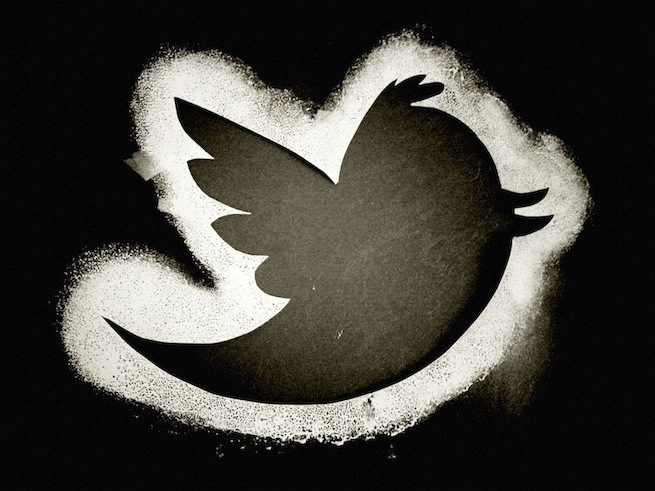Want smarter insights in your inbox? Sign up for our weekly newsletters to get only what matters to enterprise AI, data, and security leaders. Subscribe Now
Jon Elvekrog is founder and CEO of leading social ad platform 140 Proof.
Twitter’s acquisition of MoPub, like Facebook’s acquisition of Instagram, makes complete sense in light of its impending IPO.
Valuation depends on revenue — and potential future revenue counts — so the announcement that Twitter ads will be available programmatically and on apps other than Twitter’s should enlarge its valuation by significant multiples over MoPub’s $350 million cost.
But this acquisition is also an acknowledgement that the ecosystem that has evolved around Twitter is a valuable, untapped resource, both in terms of acquiring new users and using interest data to better target its ads.
Twitter has an opportunity here that Facebook doesn’t. Facebook can’t grow their inventory from outside – who would do a revenue split on an average $0.26 CPM? But Twitter can buy revenue outside its own properties because its CPMs are high enough to be worth something to their partner in a revenue split.
And there is a lot of good inventory available right now because there is a lot of prime audience sitting outside the Twitter garden.
Approximately 20 percent of Twitter’s audience accesses Twitter from a third-party source, like Echofon or Plume or many others. These folks are, arguably, a much higher quality audience than average. They spend more time in social, they have more followers, and are more active across all social networks. Twitter isn’t placing its ads into those third-party apps, and they can neither buy all these apps nor shut them off without losing accounts and slowing growth.
Further, because Twitter’s self-serve advertising model hasn’t been available to them, these apps have found innovative ways to capture the value of the social stream running through them, value that Twitter would rather embrace than try to run out of town. This acquisition is Twitter’s acknowledgement that the ecosystem that has come up around it and the audience the ecosystem has attracted has great value, not least to Twitter.
That doesn’t mean the value is just sitting there for the taking. There are huge opportunities for audience targeting based on a multi-dimensional understanding of social consumers – something advertisers value and are already paying more for on other platforms – while Twitter’s own targeting is just getting started. But it’s clear that the interest signal is as or more valuable to brand marketers as the intent signal which Google identified is for direct response. Twitter is in the interesting position of entering a market that already depends on it.
When Facebook filed for its IPO, it had 901 million monthly active users — 38 percent of the global Internet audience. Google went public with 60 million uniques (which was 40 percent of the US user base in 2004), and had captured 43 percent of global searches. In comparison, Twitter’s 200 million monthly active users constitute only 10 percent of the global Internet audience.
Twitter is still in the hockey stick phase, whereas Facebook already had almost all the monetizable eyeballs available. Twitter’s growth potential isn’t a great concern – valuing it is.
As a guy who saw this opportunity early and built a business around it, I’m not delighted to have to compete with the Twitter and its vast resources, but I’m pleased that they have validated what my partners and I have been saying for years.


